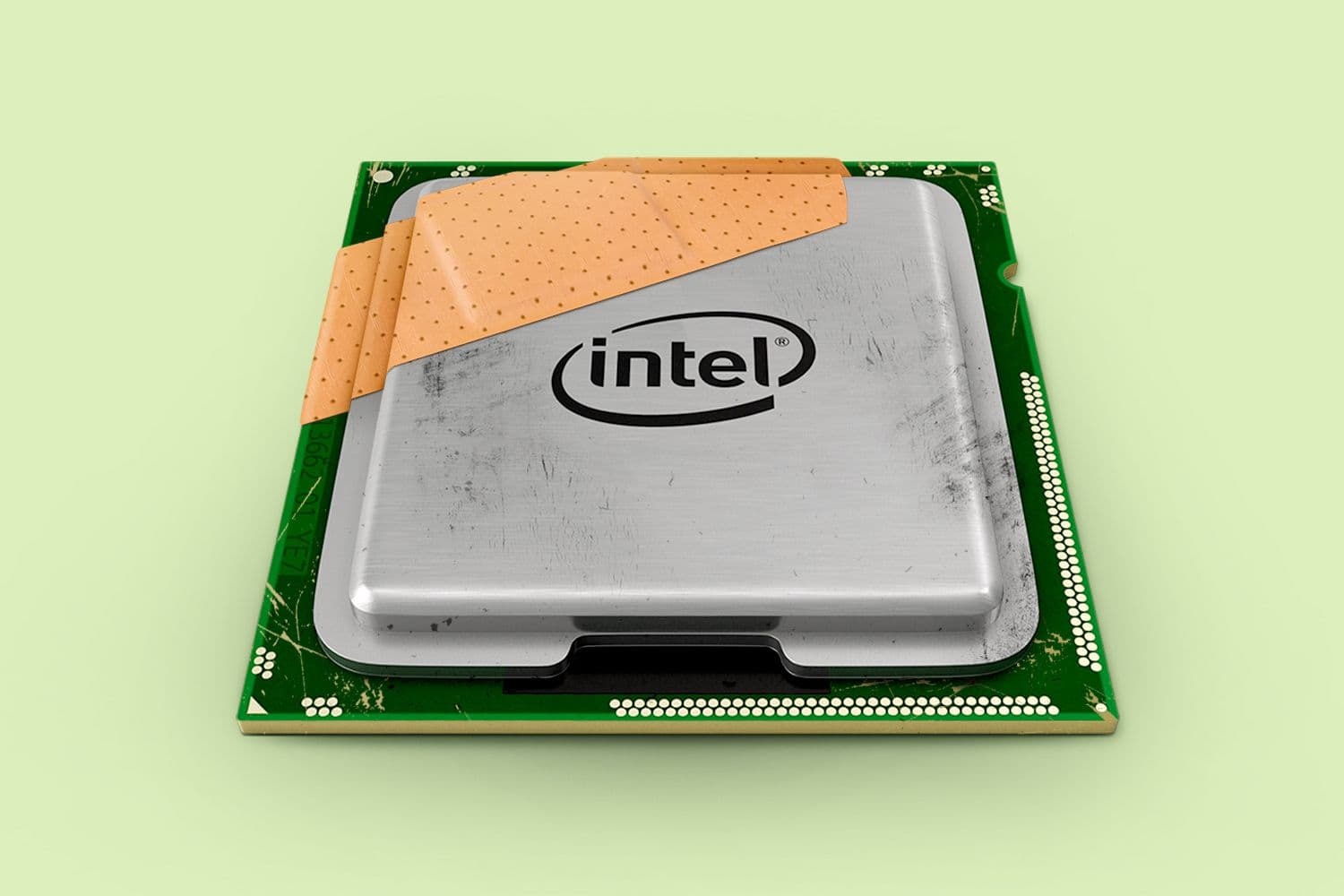It seems like Intel is not. Doing. Well.
Intel’s Q4 2022 report was a harbinger of ‘historic collapse,’ says Rosenblatt analyst.

Francis Scialabba
• 3 min read
Intel has had it rough the past few years, but its Q4 2022 financials were brutal: the company posted a $664 million net loss on revenue that fell 32% to $14 billion.
Intel’s PC unit, the Client Computing Group (CCG), and its Data Center and AI (DCAI) group, saw their year over year revenue drop 36% and 33%, respectively. Other divisions failed to stem the bleed:
- Network and Edge (NEX) was down 1%.
- Accelerated Computing Systems and Graphics (AXG) was up only 1%.
- Mobileye and Intel Foundry Services (IFS) grew by 59% and 30% respectively, but accounted for less than $900 million in revenue combined.
“Clearly, the financials aren’t what we would hope for,” CEO Pat Gelsinger said during the earnings call. “Though the macro is difficult—it was difficult in Q4—we expect it to remain difficult as we go through the first half of the year, but we’re laser-focused on controlling the things that we can and every aspect of our execution, cost management, and transformation is in our hands.”
In the weeks since, Intel has announced it will cut wages for above-mid-level staff, freeze merit raises for others, and cut other benefits. That’s on top of project cancellations announced before the financials were released, such as a development center in Israel and a $700 million “mega lab” in Hillsboro, Oregon. Intel projected in the Q4 report that the upcoming quarter will see revenue down 40% year over year.
In a Rosenblatt Securities’s analysis shared with IT Brew, analyst Hans Mosesmann wrote that Intel was experiencing a “historic collapse.” While its PC business was bad enough, he wrote, “The real story here is Intel’s server and data center business, which we continue to view as damaged.”
“This company is in organizational disarray,” Mosesmann told IT Brew. “They’ve lost their way in process technology, they lost their way in architecture, in terms of CPUs.”
Top insights for IT pros
From cybersecurity and big data to cloud computing, IT Brew covers the latest trends shaping business tech in our 4x weekly newsletter, virtual events with industry experts, and digital guides.
ComputerWorld noted that declining PC sales, evidenced by reports from IDC, Canalys, and Gartner, was a particular sore spot for Intel. As for DCAI, Intel blamed competitive pressure and a decline in the overall size of the market.
Sapphire Rapids, Intel’s microprocessor for servers and workstations, recently launched after almost two years of delays. That gave competitor AMD time to catch up.
Mosesmann wrote in his analysis that the delays in launching Sapphire Rapids had turned it into a “niche product.” He told IT Brew that while Intel may now lead in raw processor power, the hyperscale data center market has other needs related to total cost of ownership, like power efficiency and cores per server rack.
“The world is going away from CPUs,” Mosesmann said. “It’s not that you don’t need CPUs, you do, but more of the compute in the world of AI is coming from other types of processors—GPUs or custom ASICs or FPGAs. They’re not a leader in any of those areas. Nvidia is, or Marvell is, or AMD is, and so you have this significant problem.”
This month, DigiTimes reported that Intel may be planning on slashing prices for Alder Lake, its line of consumer-oriented processors, by up to 20%.
During the earnings call, Intel also announced it would be ending new investments in its network-switching business. That follows on the 2022 shutdown of its Optane 3D XPoint memory tech business, which put it out of the SSD market entirely.—TM
Do you work in IT or have information about your IT department you want to share? Email [email protected]. Want to go encrypted? Ask Tom for his Signal.
Top insights for IT pros
From cybersecurity and big data to cloud computing, IT Brew covers the latest trends shaping business tech in our 4x weekly newsletter, virtual events with industry experts, and digital guides.